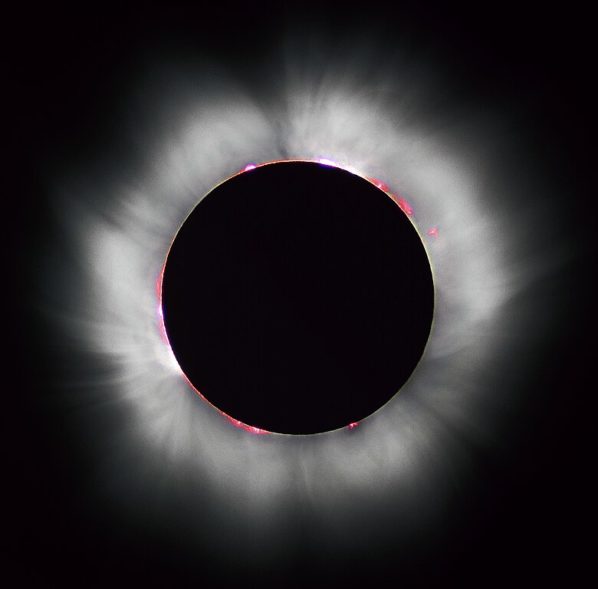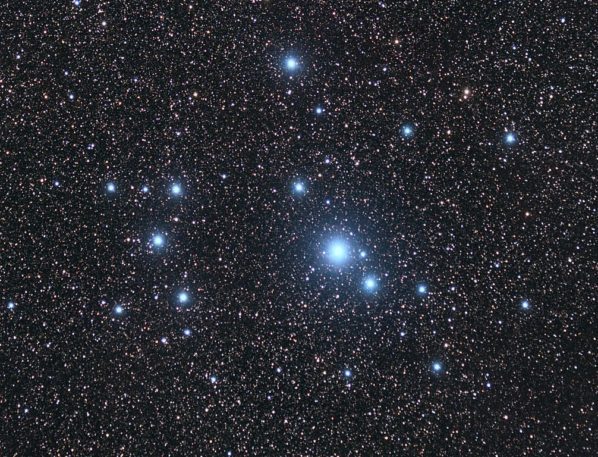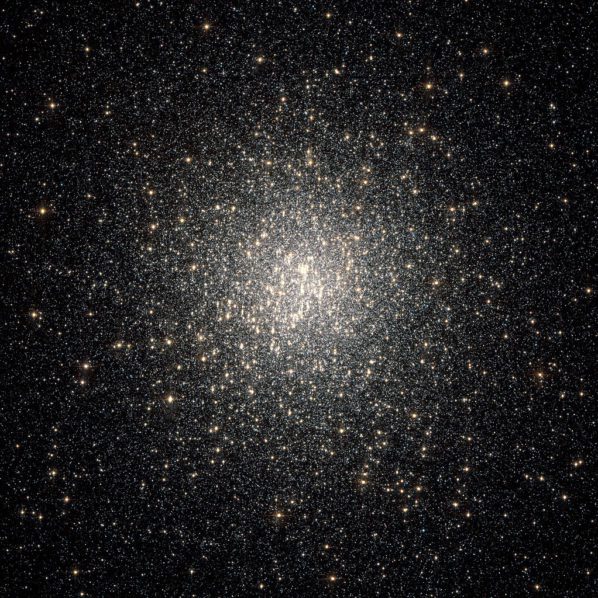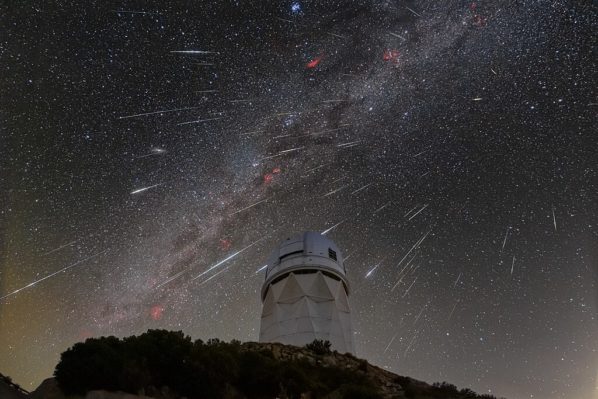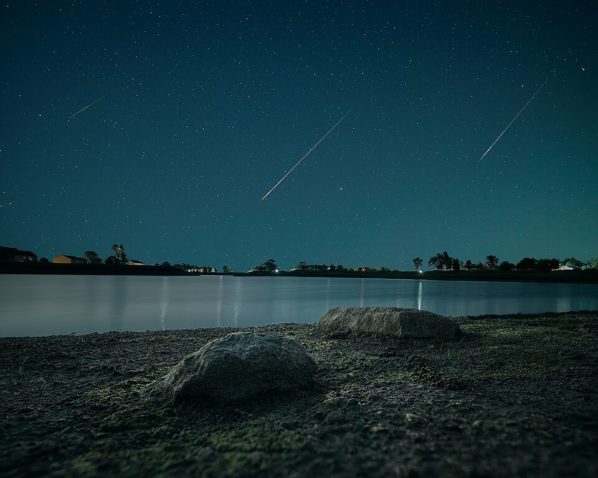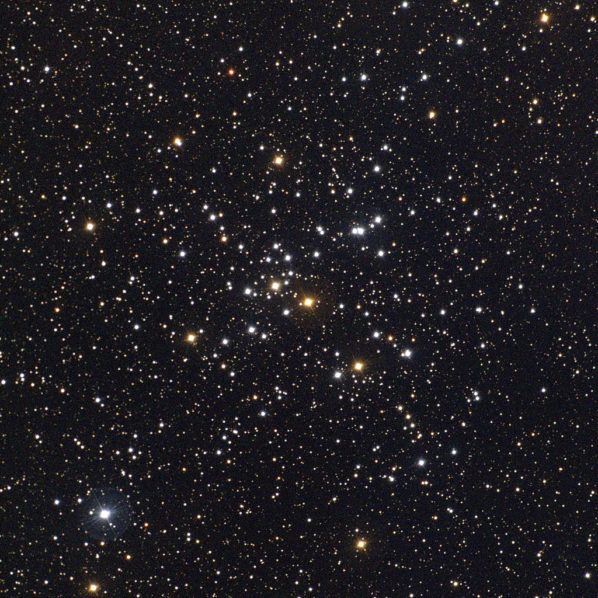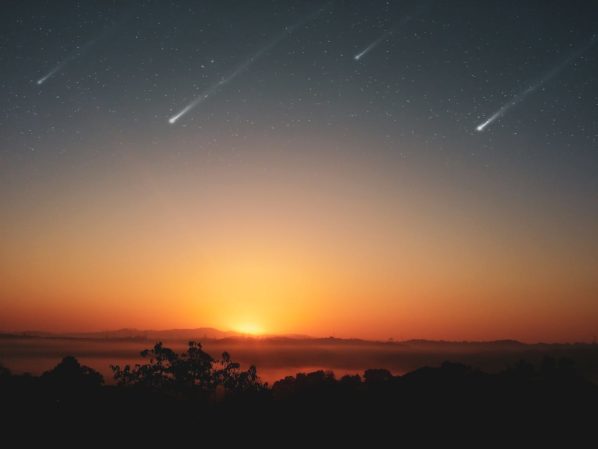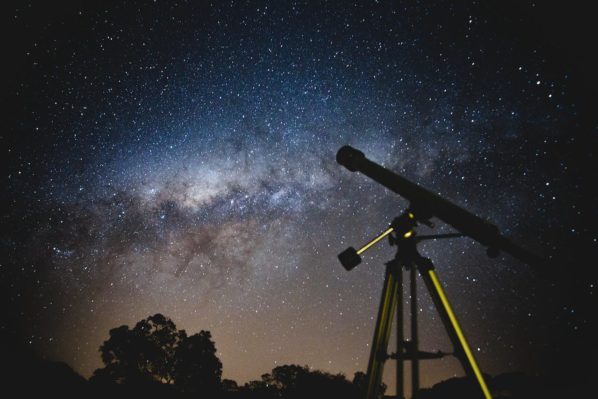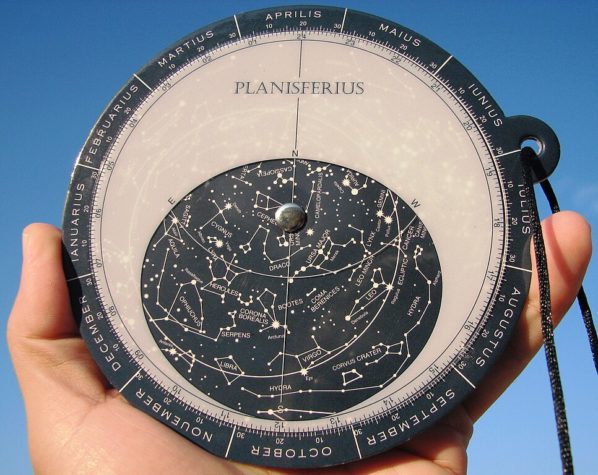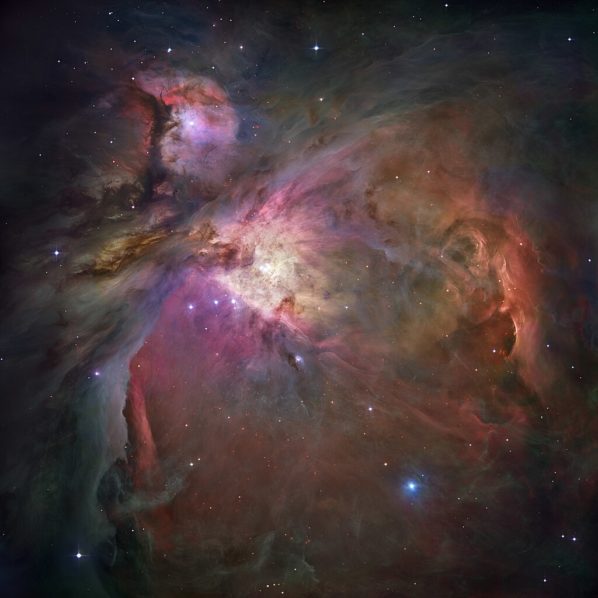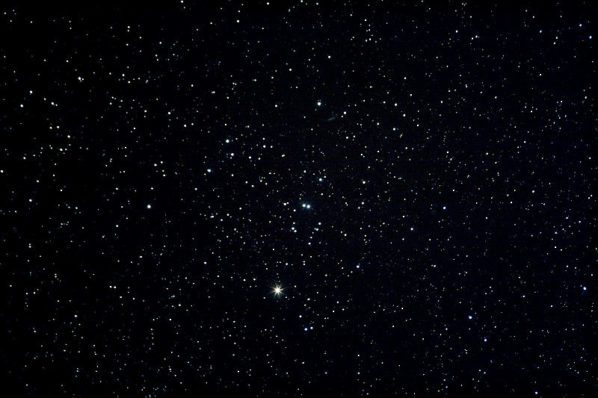Stargazing Calendar for April 2024
Discover the celestial marvels of stargazing in April 2024 with a total solar eclipse, the Lyrid meteor shower, and the perihelion of a comet.
Stargazing Calendar for March 2024
Explore the celestial spectacle of March 2024 with our stargazing guide and astronomy calendar. Discover the wonders awaiting in the night sky this month!
Stargazing Calendar for February 2024
Discover the celestial wonders awaiting you in stargazing this February 2024. Explore planetary conjunctions, comet sightings, and more in this captivating astronomical journey.
Meteor Showers in 2024
Don't miss the celestial show of meteor showers in 2024! Witness the night sky come alive with shooting stars in this breathtaking cosmic display.
What Is the Zenithal Hourly Rate: Understanding Meteor Shower Peaks
Discover the Zenithal Hourly Rate (ZHR) and its role in gauging meteor shower intensity. Learn how this astronomical metric sets expectations, factors influencing its accuracy, and its significance in predicting celestial displays.
Stargazing Calendar for January 2024
Explore the celestial wonders of stargazing this January 2024, featuring a breathtaking lineup of events. From meteor shower peaks and planetary conjunctions to the enchanting ascent of clusters like the Little Beehive, dive into a month of awe-inspiring astronomical marvels that illuminate the night sky.
What Is the Antihelion Source Meteor Shower?
The Antihelion source meteor shower is a celestial event where meteors streak from a point opposite to the Sun in the sky, offering a unique display of cosmic beauty.
Mastering Astronomy: Reach for the Stars With These Top Tips
Mastering astronomy involves understanding celestial basics, exploring telescopes, and recognizing celestial bodies. Leverage online resources, apps, and stargazing events to dive into this captivating field.
Stargazing Made Simple: How to Use a Planisphere
Discover how to use a planisphere for effortless stargazing and constellation identification. Explore the night sky with ease using this step-by-step guide to navigating the cosmos.
Stargazing Calendar for December 2023
Explore the celestial wonders of December 2023 with meteor showers, planetary alignments, and cosmic events that paint the night sky. Discover the grandeur and beauty of astronomical phenomena in this captivating journey through the stars.
Light Pollution Solutions
Light pollution has been a problem for decades now, yet it’s still one that many amateur astronomers struggle with. Unless you live in a remote region, the chances of seeing much from your own backyard seemingly diminish every year.
Stargazing Calendar for November 2023
November 2023 brings celestial spectacles: meteor showers, planetary oppositions, and captivating conjunctions. Don't miss these cosmic events!

